-
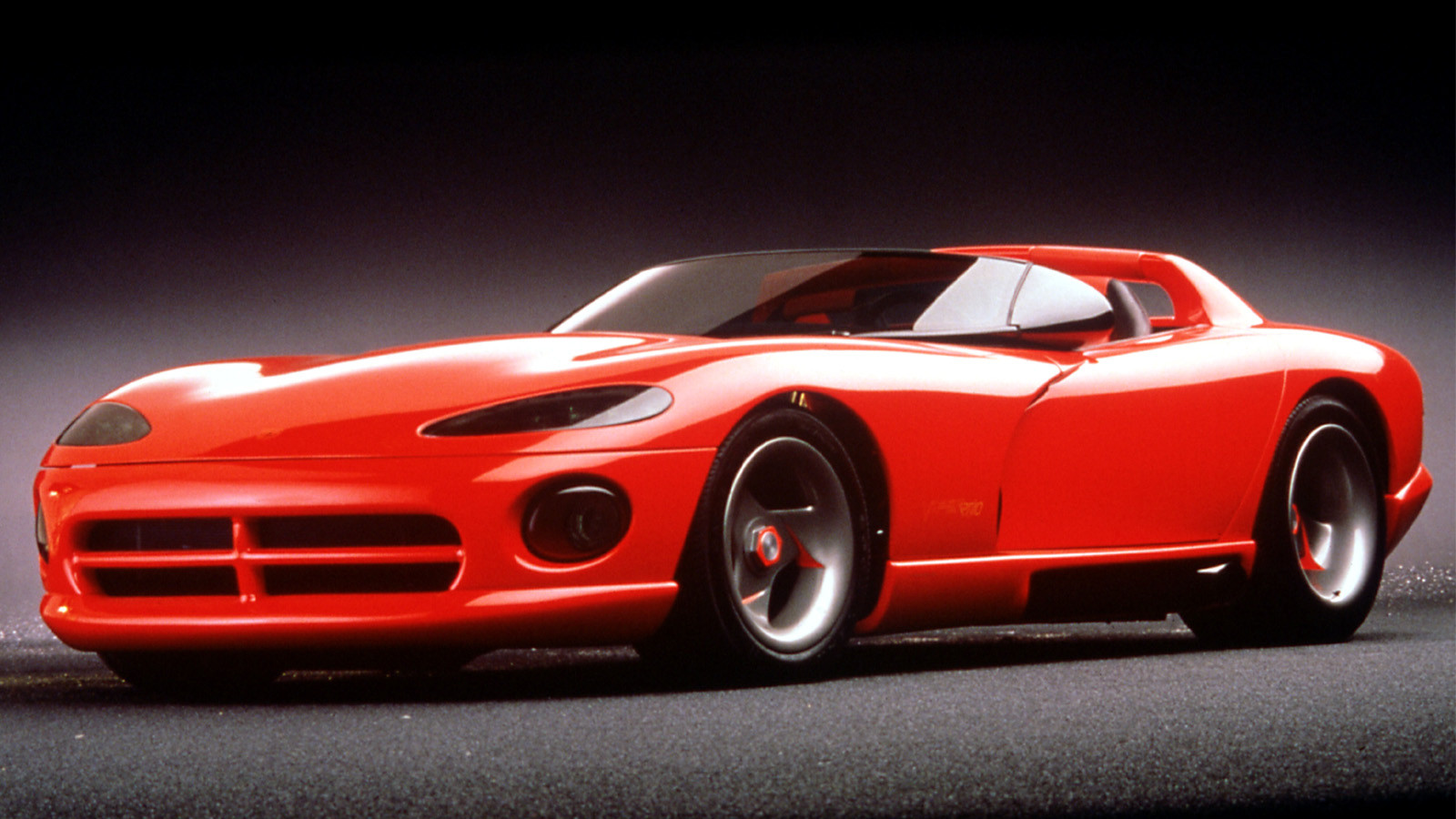 © Stellantis Historical Services
© Stellantis Historical Services -
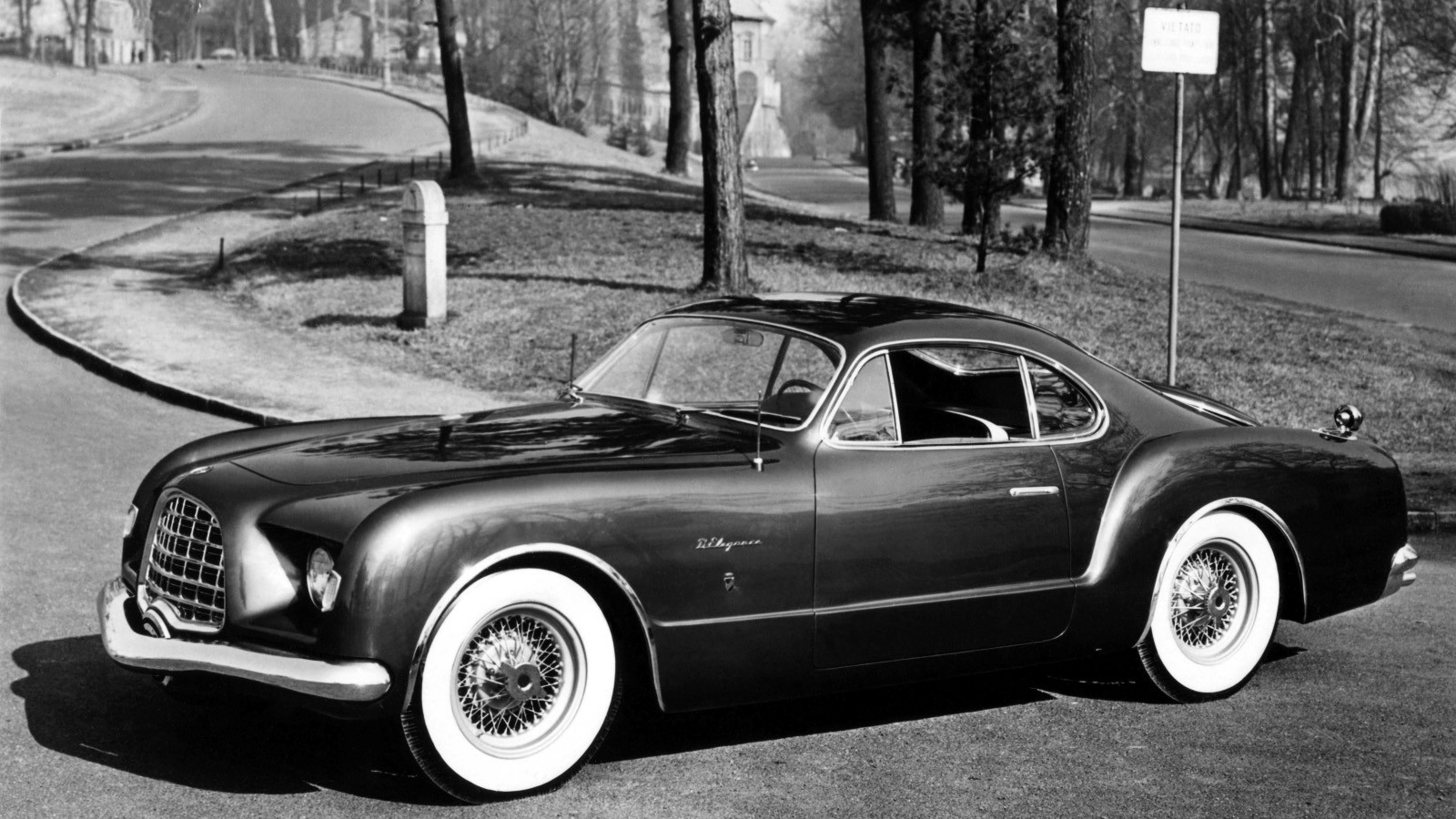 © Stellantis Historical Services
© Stellantis Historical Services -
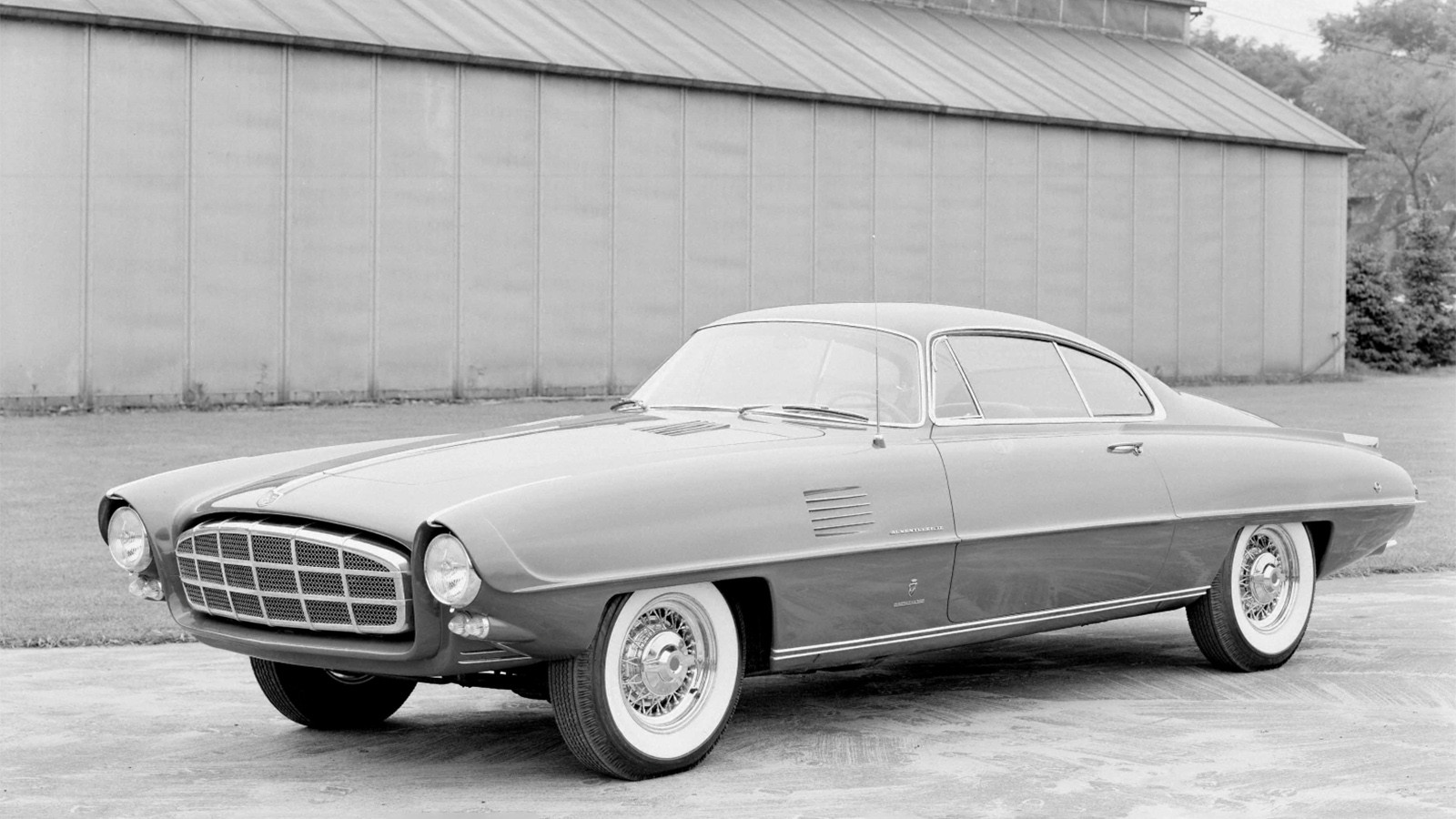 © Stellantis Historical Services
© Stellantis Historical Services -
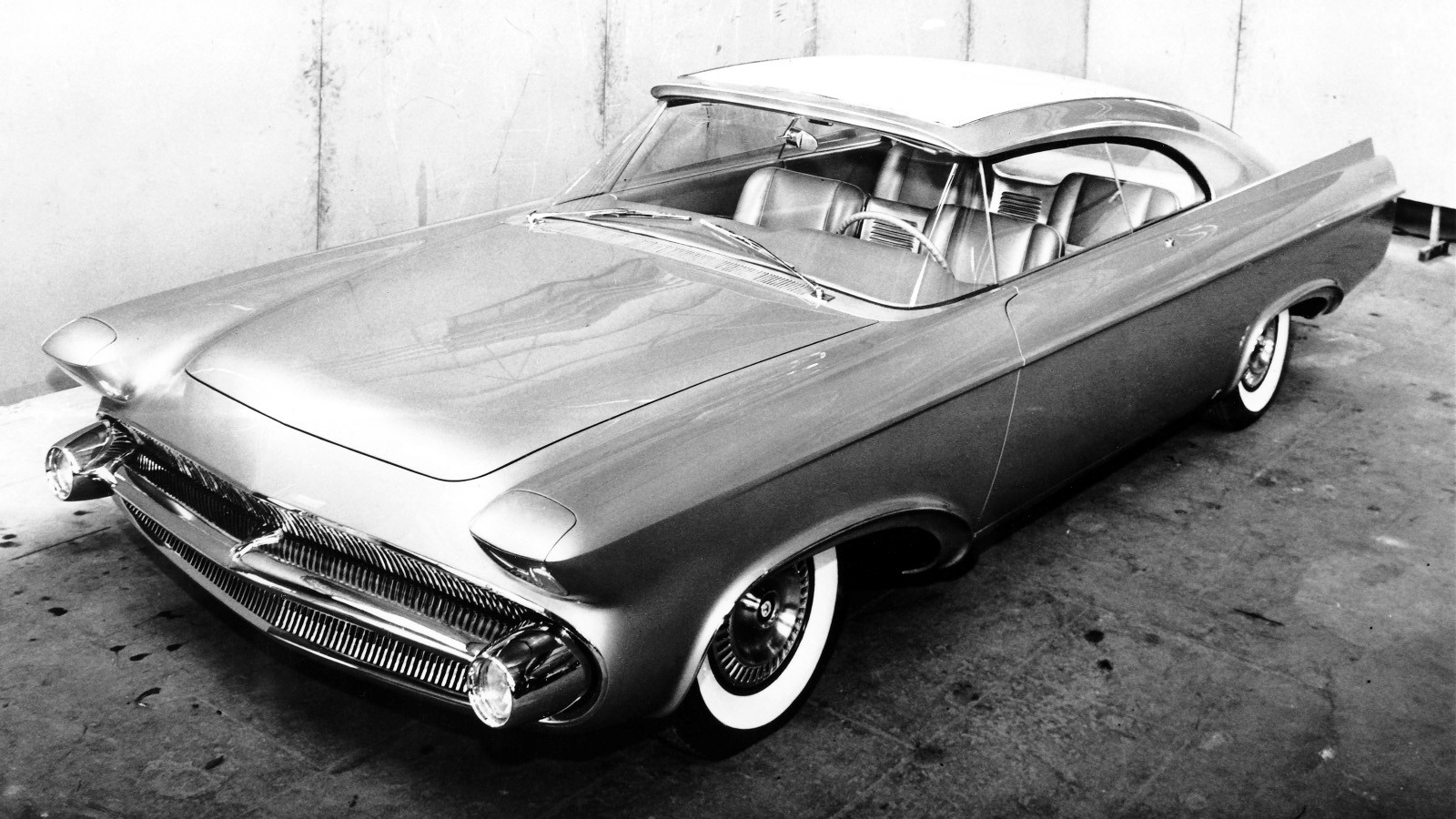 © Stellantis Historical Services
© Stellantis Historical Services -
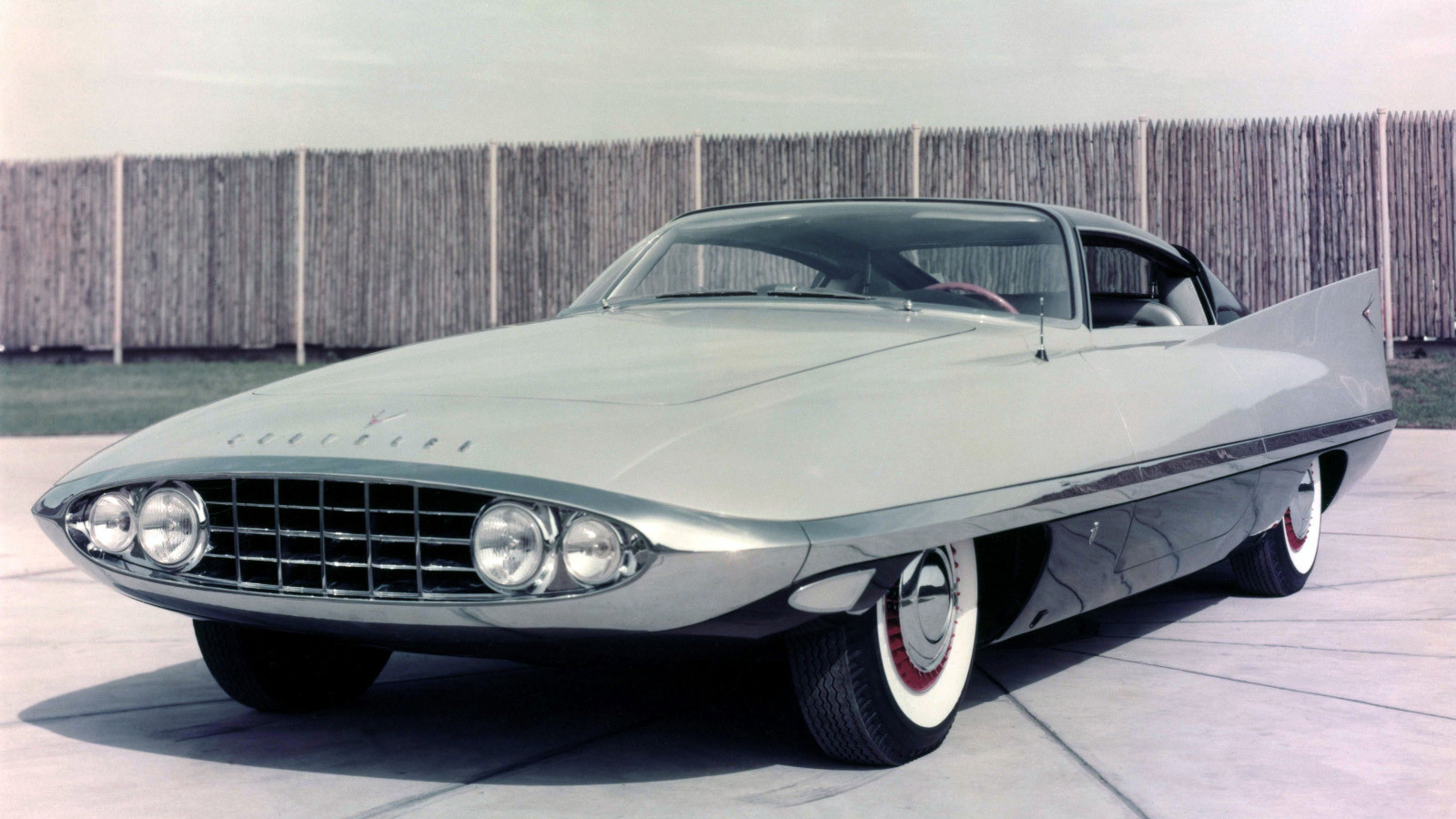 © Stellantis Historical Services
© Stellantis Historical Services -
 © Stellantis Historical Services
© Stellantis Historical Services -
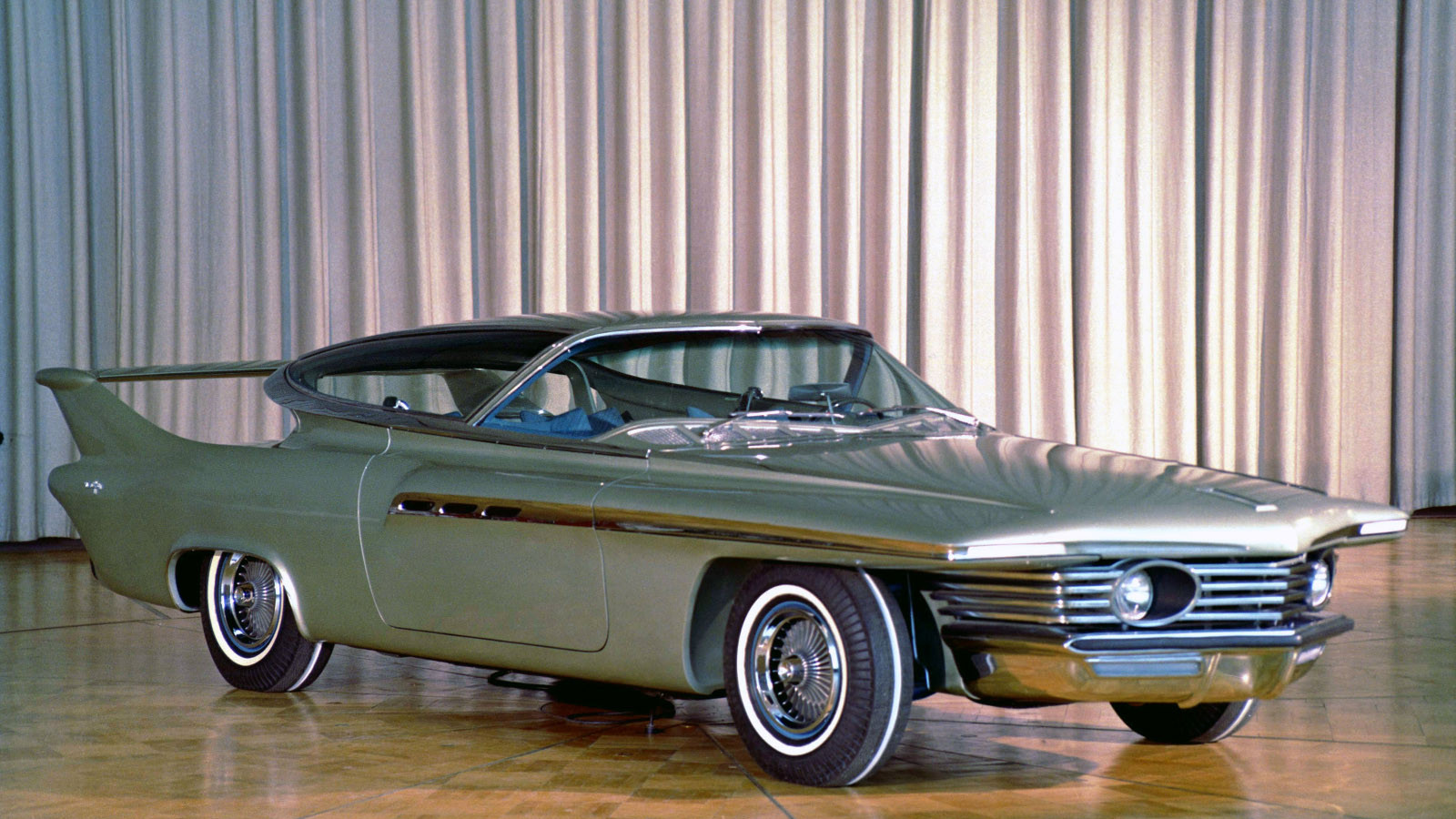 © Stellantis Historical Services
© Stellantis Historical Services -
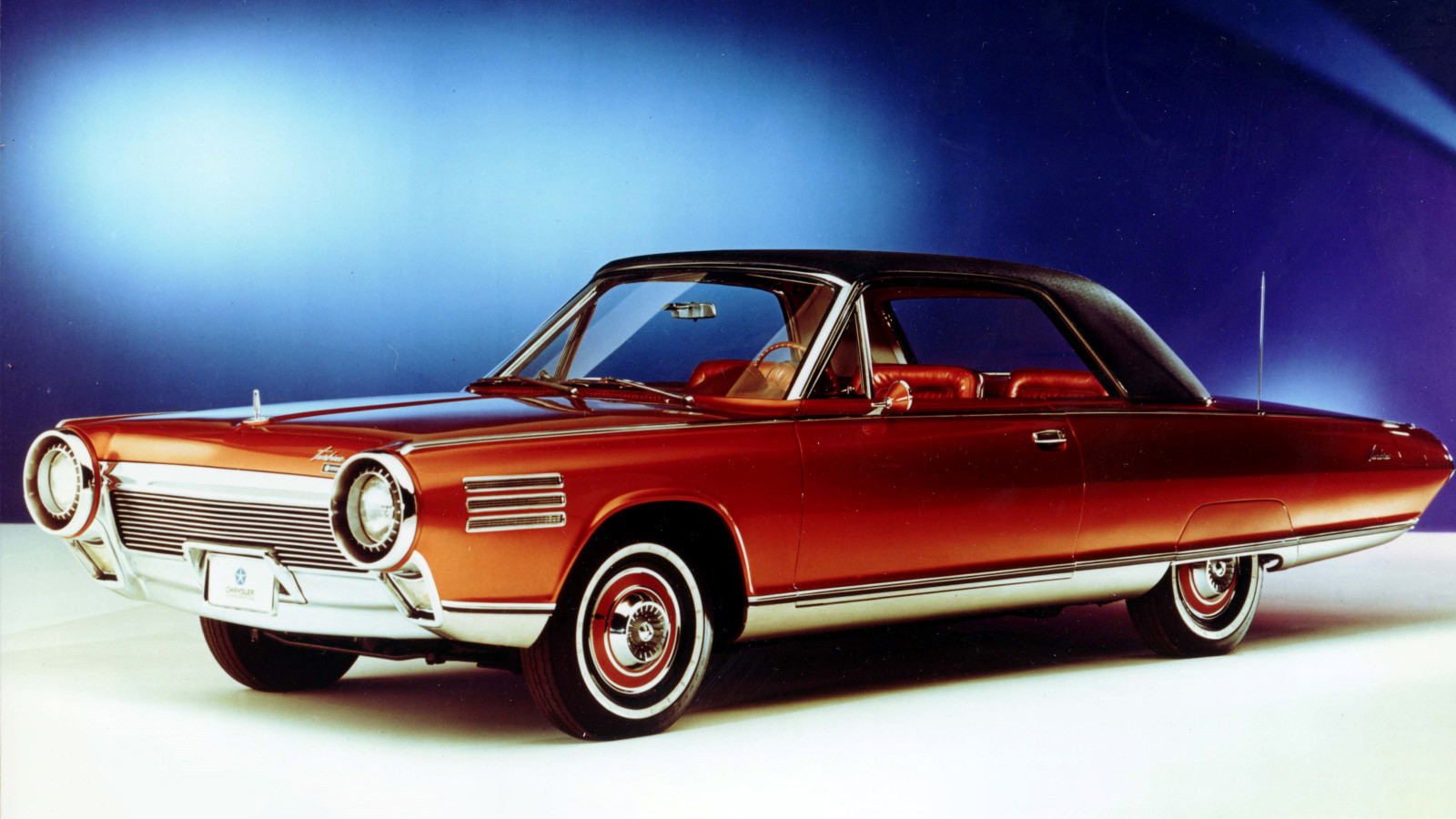 © Stellantis Historical Services
© Stellantis Historical Services -
 © Stellantis Historical Services
© Stellantis Historical Services -
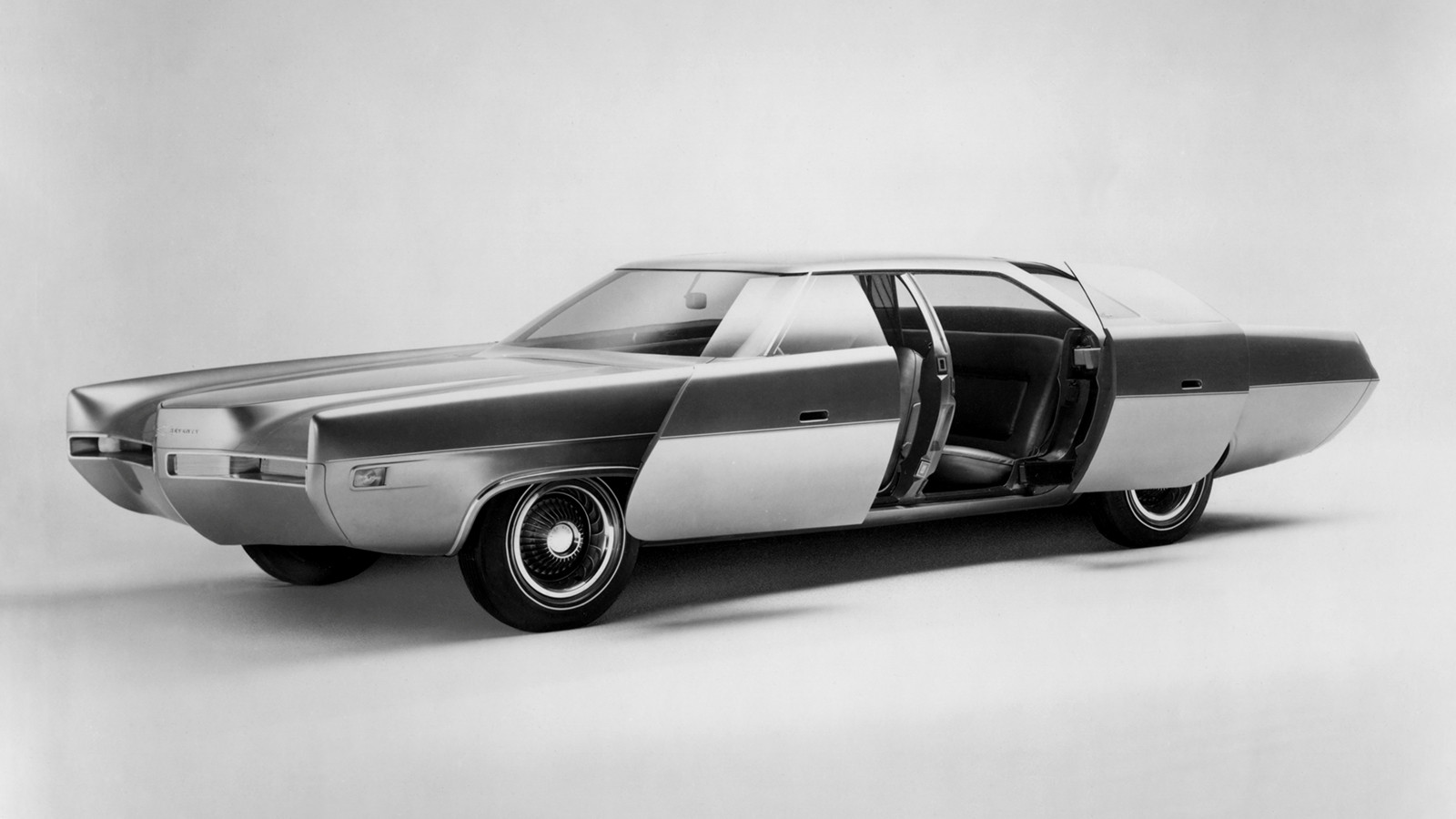 © Stellantis Historical Services
© Stellantis Historical Services -
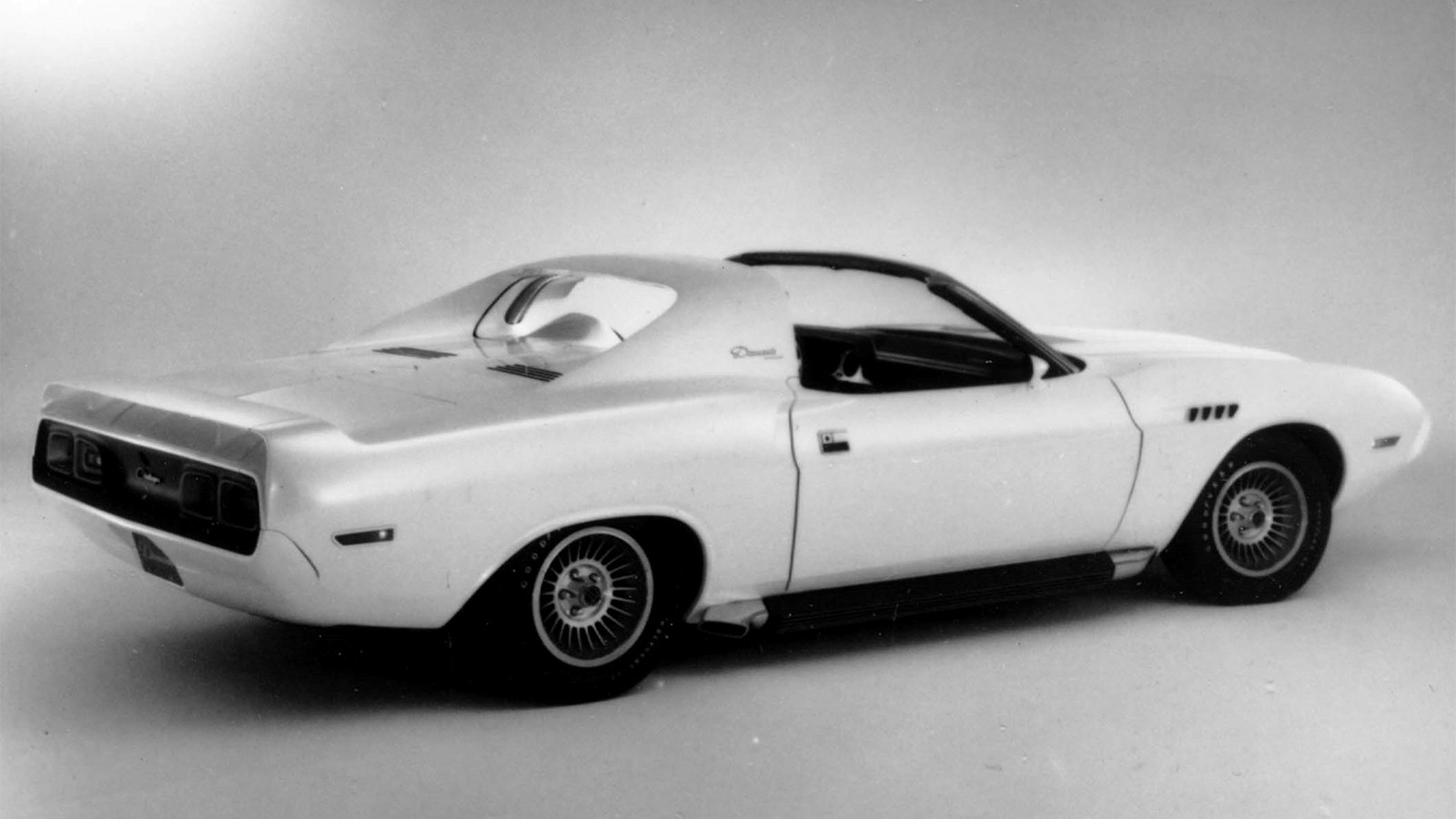 © Stellantis Historical Services
© Stellantis Historical Services -
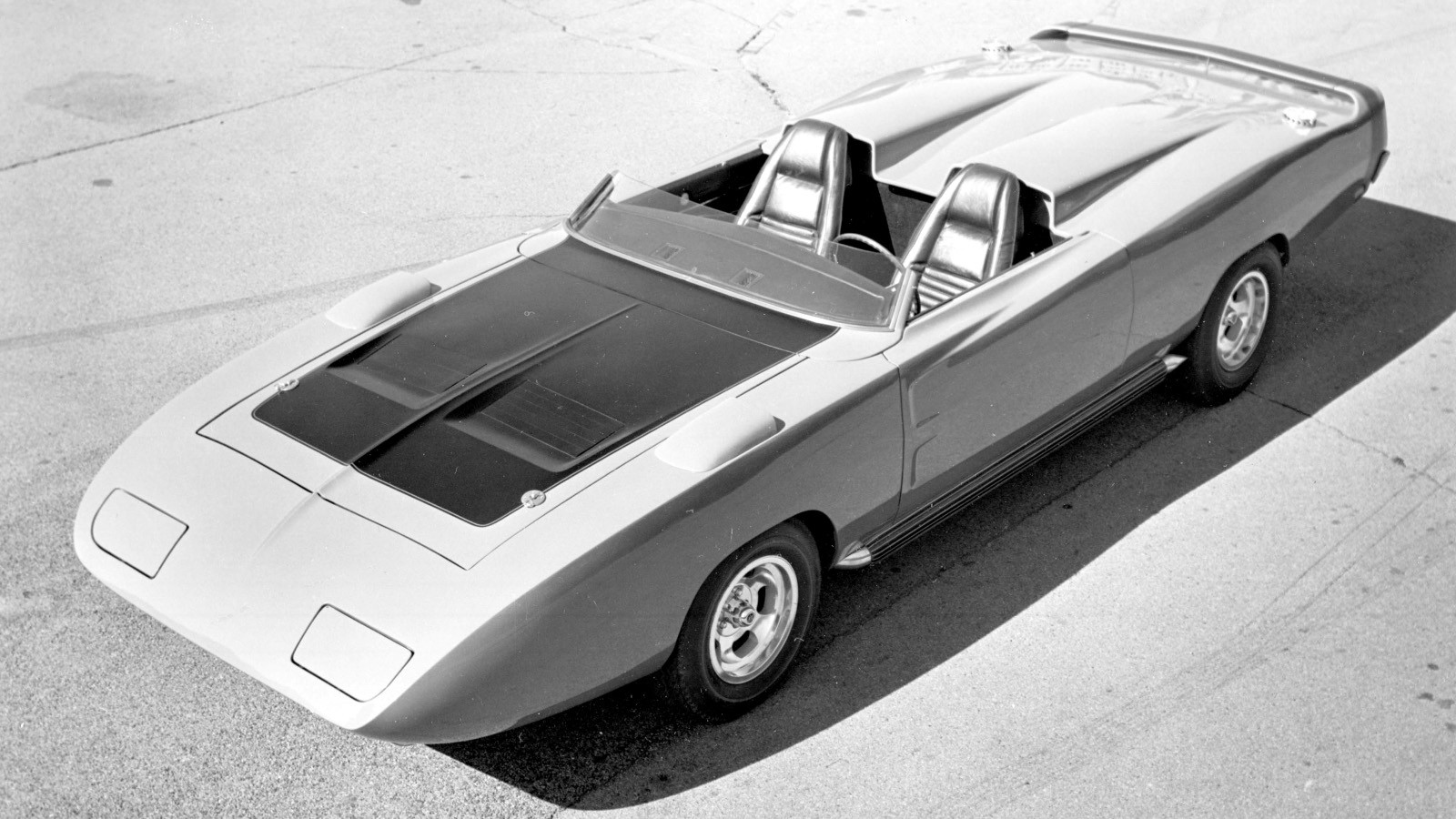 © Stellantis Historical Services
© Stellantis Historical Services -
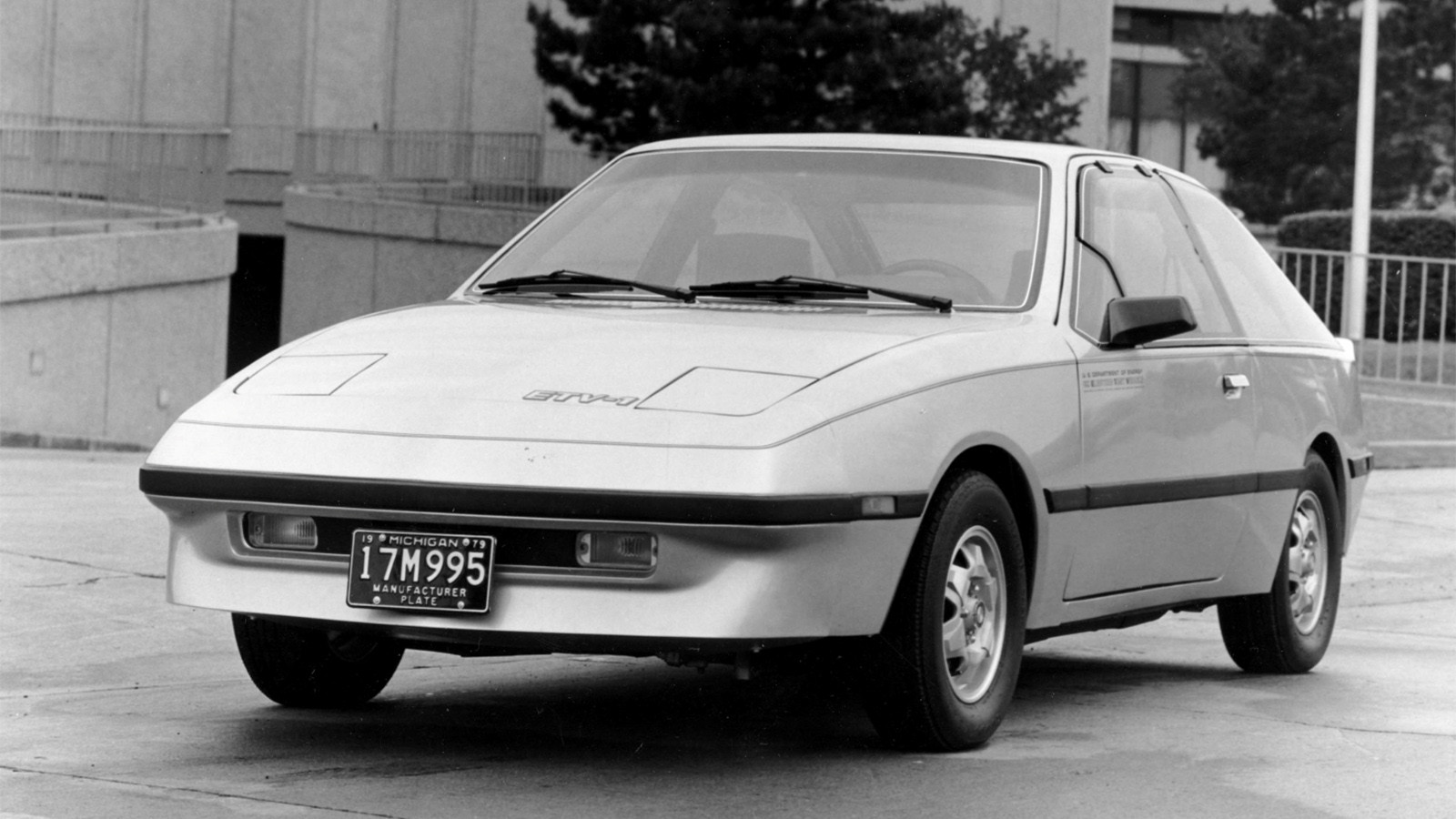 © Stellantis Historical Services
© Stellantis Historical Services -
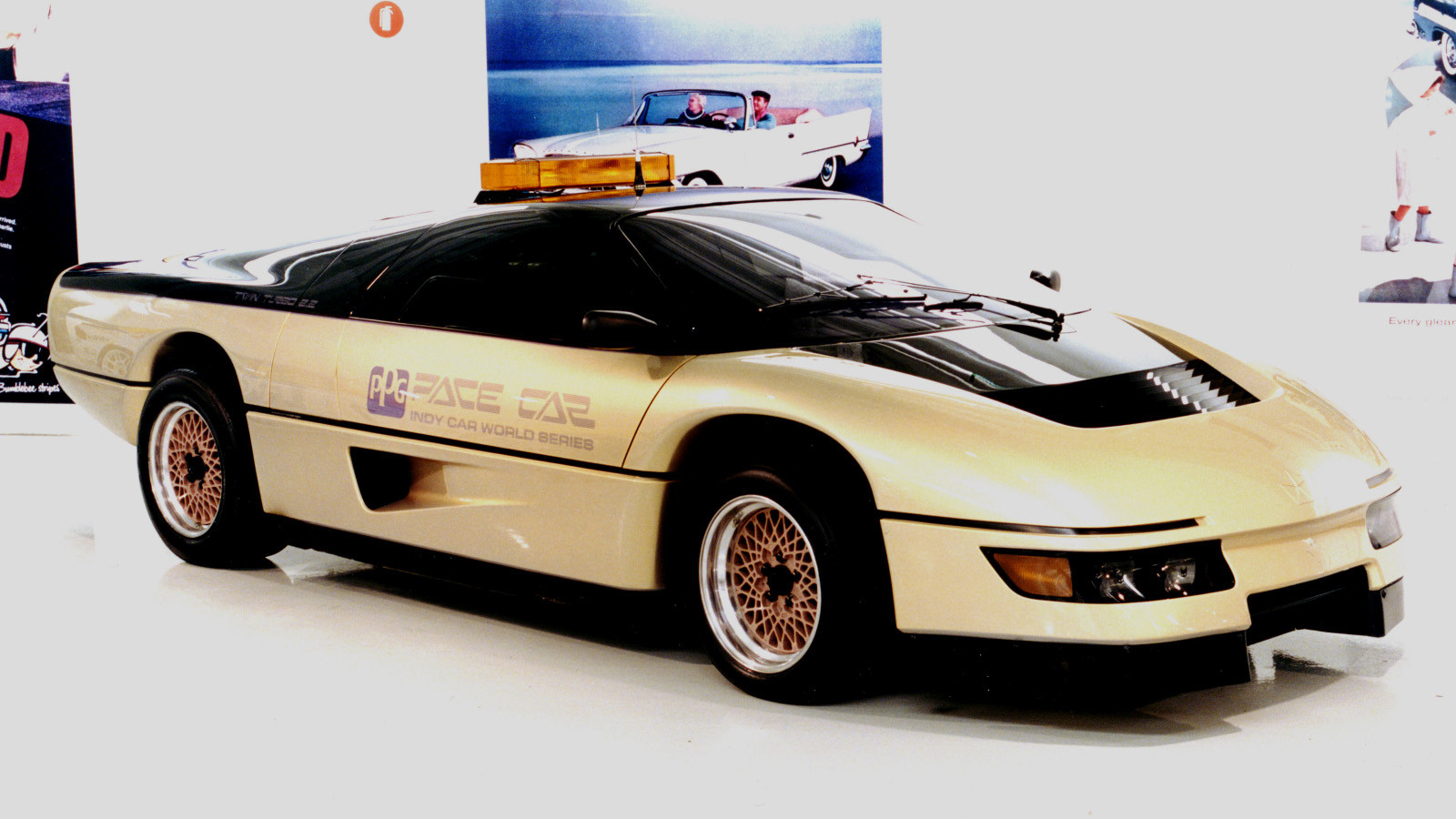 © Stellantis Historical Services
© Stellantis Historical Services -
 © Stellantis Historical Services
© Stellantis Historical Services -
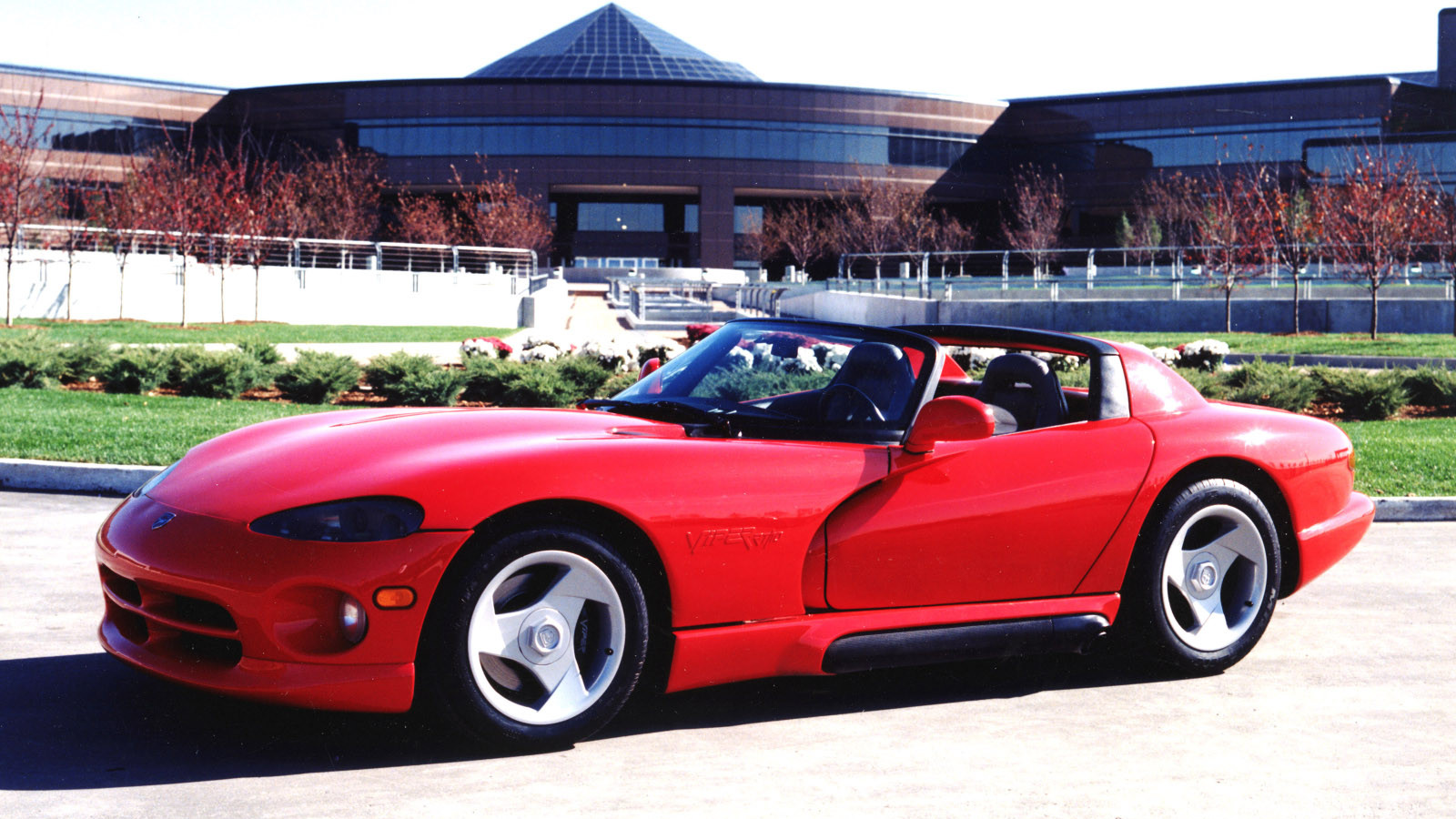 © Stellantis Historical Services
© Stellantis Historical Services -
 © Stellantis Historical Services
© Stellantis Historical Services -
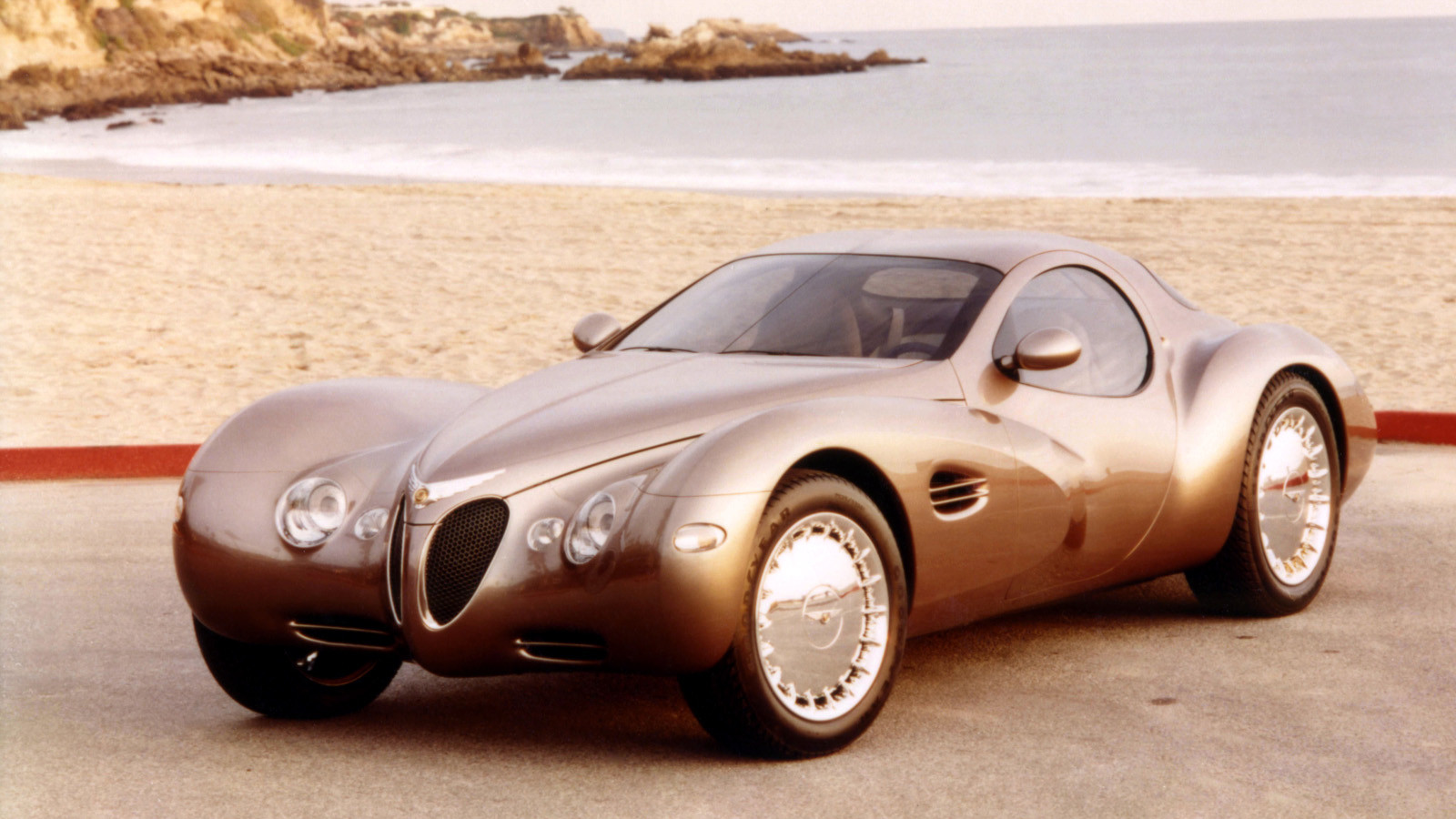 © Stellantis Historical Services
© Stellantis Historical Services -
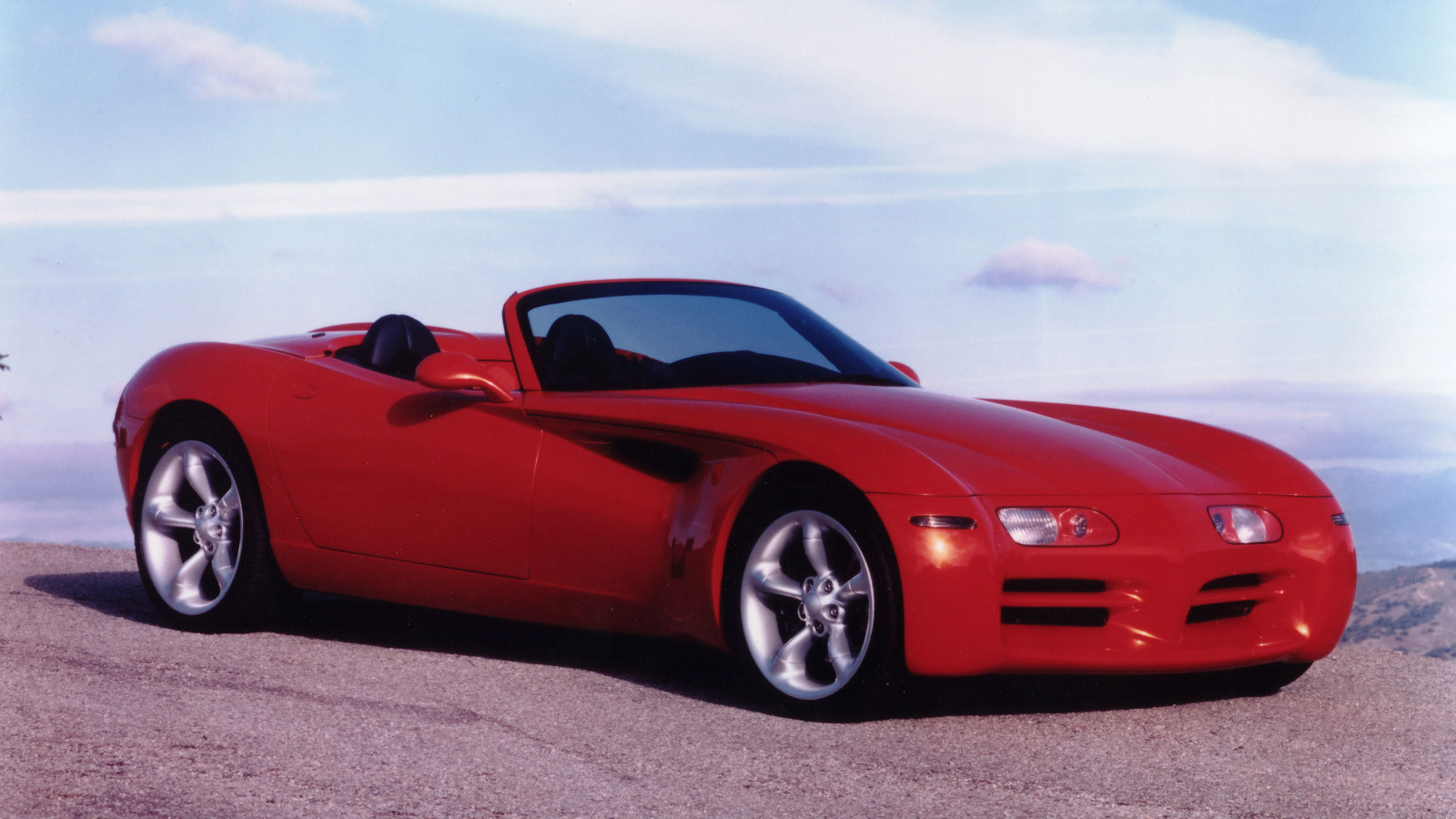 © Stellantis Historical Services
© Stellantis Historical Services -
 © Stellantis Historical Services
© Stellantis Historical Services -
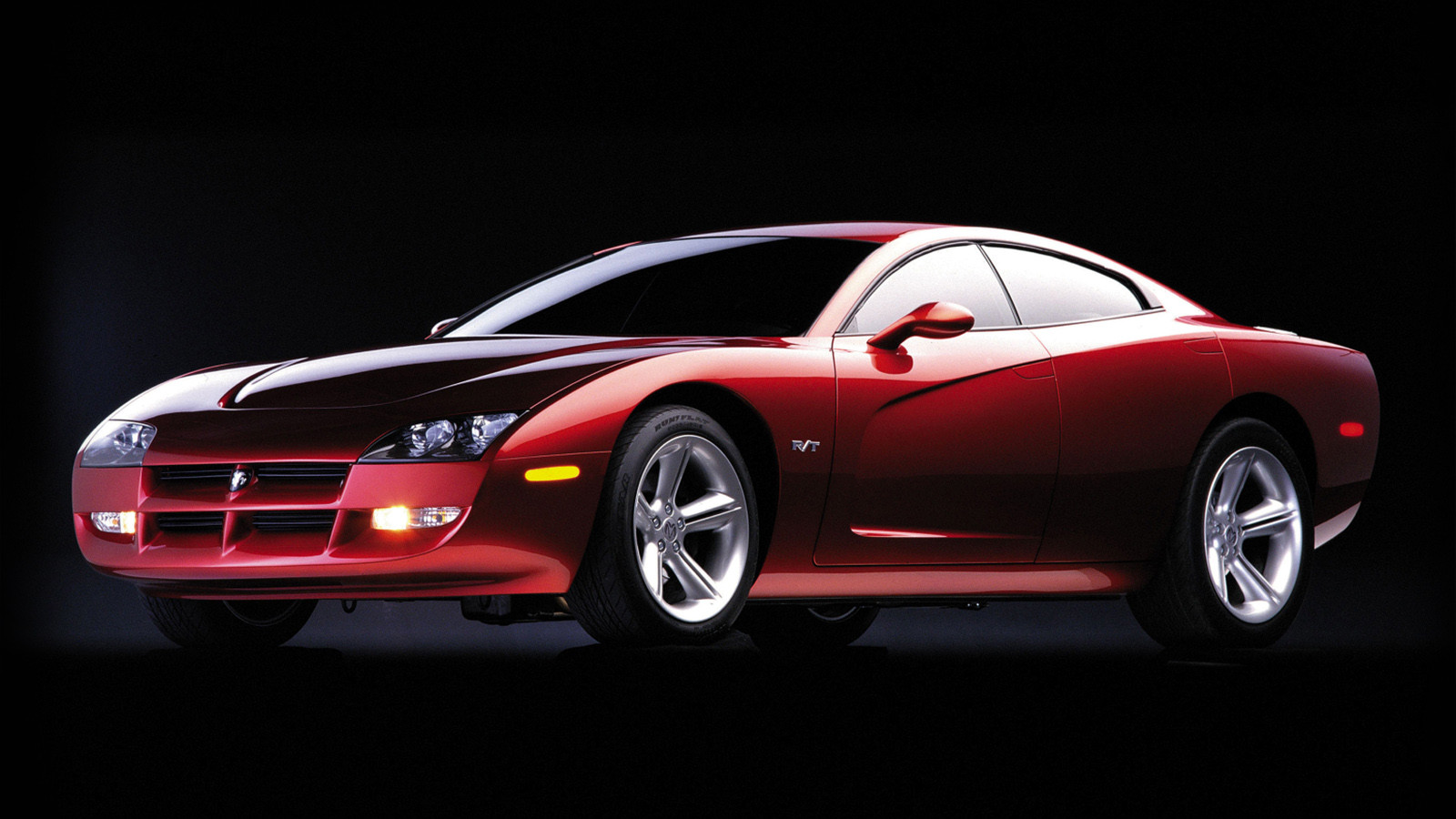 © Stellantis Historical Services
© Stellantis Historical Services -
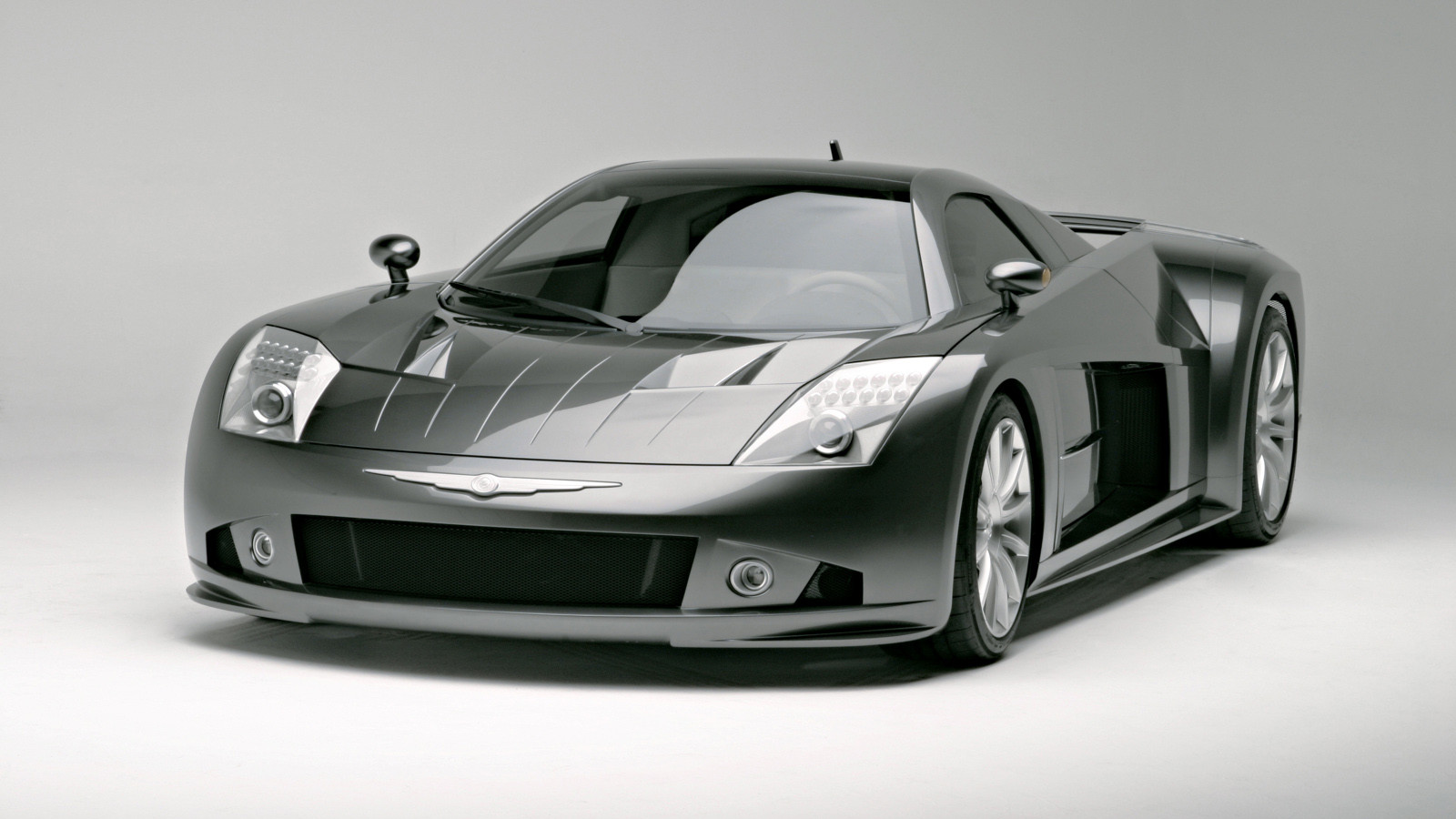 © Stellantis Historical Services
© Stellantis Historical Services
-
When Chrysler got creative
While Chrysler wasn’t the first manufacturer to produce a concept car – General Motors’ ‘Y-Job’ took the lead in 1938 – it was an early adopter, and from the 1950s created an impressive array of display vehicles.
But Chrysler, and its Dodge, DeSoto and Plymouth brands, also revealed concept cars that represented more than mere stylistic indulgence: the 1963 Ghia Turbine hinted at alternative power sources, while the 1989 Dodge Viper concept rapidly became a production reality.
So here, in chronological order, are 21 of the Chrysler Corp’s most memorable concepts, in all their glory.
-
1. 1953 Chrysler D’Elegance
Chrysler’s design chief, Virgil Exner, had already penned two concept cars in collaboration with coachbuilder Ghia in Turin, but the ’53 D’Elegance was perhaps the best resolved.
The concept’s blend of European elegance with a touch of American exuberance resulted in a showstopping profile, and one that was to later inspire the design of the Volkswagen Karmann Ghia coupé.
Other cues from the D’Elegance were to emerge in Chrysler’s own production cars, such as the ’55 Imperial’s gun-sight tail-lights, as well as the mesh front grilles on late ’50s 300 models.
-
2. 1954 Chrysler DeSoto Adventurer II
Chrysler’s Virgil Exner commissioned Italian carrozzeria Ghia to design and build the second DeSoto Adventurer concept car.
Chevrolet’s Corvette had just launched in the US and was causing a stir; Chrysler’s riposte was a high-performance two-seat GT – albeit in concept form only – that combined European style with American engineering.
Hence, the Adventurer II was based on the DeSoto Firedome Sportsman production car, and powered by a 4.5-litre Hemi V8 engine with two-speed automatic transmission.
The Adventurer II came with its own fitted luggage, as well as a retractable rear window.
-
3. 1956 Chrysler Norseman
The Chrysler Norseman was to preview Virgil Exner’s vision of a lower, sleeker and more aggressively styled four-seat, fastback coupé.
Once again, Ghia in Italy was commissioned to build the concept car, which was powered by a 5.4-litre Hemi V8.
Among the Norseman’s standout features was a 12ft sq, powered, sliding, glass sunroof, set into its cantilevered roof panel.
Alas, the SS Andrea Doria, which shipped the Norseman from Italy to America, where it was to be Chrysler’s star exhibit at an auto show, sank after a collision and the concept car was lost forever.
-
4. 1957 Chrysler Diablo
One of the largest concept cars ever produced, the Chrysler Diablo Convertible measured an incredible 21ft in length (that is nearly 6.5m), and was designed to carry four occupants in opulent splendour.
Another Virgil Exner design, the Diablo was built on a 1956 Chrysler 300 platform, using a modified powerplant from that model with two, four-barrel carburettors and a pushbutton automatic transmission.
Capturing the jet-age zeitgeist of the mid-’50s perfectly, the Diablo was first revealed at the 1958 Chicago Auto Show, after costing Chrysler $250,000 to develop it.
-
5. 1960 Plymouth XNR
Once again, Chrysler had Chevrolet’s Corvette and Ford’s Thunderbird in its sights when it conceived the Plymouth XNR (‘XNR’ being a de-vowelled nod to Virgil Exner’s surname).
Another concept built by Ghia in Italy, the design inspiration was in part from the Jaguar D-type. And possibly its performance, too: at one point, Chrysler tested the car to a top speed of 146mph.
First revealed at the 1960 New York motor show, the XNR was based around the monocoque chassis from Chrysler’s Valiant, with which it also shared a 2.8-litre straight-six engine.
-
6. 1961 Chrysler Turboflite
Said to be Virgil Exner’s final design concept before leaving Chrysler, the 1961 Turboflite was arguably his most radical creation.
While every element of the Turboflite’s design was extreme, the most eye-catching part was its glass canopy that, along with the windscreen, automatically lifted when the doors opened.
The Turboflite’s unique tailfin design could also have been an early prelude to the ones used on the 1969-’70 Dodge Charger Daytona and Plymouth Road Runner.
Even though the Turboflite was to be powered by Chrysler’s C2A turbine engine – weighing half as much as a typical V8 – the unit fitted to the car was not functional.
-
7. 1963 Chrysler Turbine
You could almost see Chrysler’s logic in championing the development of gas-turbine engines in everyday cars.
For starters, a turbine used 60 moving parts versus an ICE’s 300 – and that included having no need for either an ignition or cooling system.
So convinced of the gas turbine’s viability, Chrysler tasked Elwood Engel to design a bespoke car to house the powertrain.
It then rotated a fleet of 45 Turbines around 203 private motorists to accrue as many miles as possible.
With 425lb ft of instant torque from (a 22,000rpm!) idle, and 130bhp, the Turbine never lacked power. But it was thirsty and, in the end, its high nitrogen-oxide emissions killed Chrysler’s production dreams.
All but a handful of the cars were destroyed by the company.
-
8. 1967 Dodge Deora
The Dodge Deora was a heavily customised 1965 Dodge A100 pick-up truck, built by Mike and Larry Alexander for the 1967 Detroit Autorama.
It was chopped, sectioned and channelled into a futuristic-looking truck or open-top people carrier.
In order to enter, passengers lifted the front windscreen, rotated the lower door and entered through the cabin.
Chrysler rated the Deora so much that it leased it for two years to display with the Corporation’s other concept vehicles.
Those of a certain age may also recognise it as being the inspiration for one of the first Hot Wheels models.
-
9. 1969 Chrysler Concept 70X
The Concept 70X’s appearance was inspired by Chrysler design director Elwood Engel’s ‘fuselage look’, which had evolved through the 1960s.
Using parallelogram doors, much like you’d see on a modern-day MPV, the 70X was designed to allow better cabin entry and egress.
Inside, the 70X contained a small ultrasonic sensor that swept a 50ft (15m) area behind the car, which would warn drivers via a red light in the rear-view mirror of an impending rear-end collision.
-
10. 1970 Dodge Diamante
What started as a highly optioned 1969 Dodge Hemi Challenger Convertible, was originally transformed into a two-seater and renamed the Dodge Yellow Jacket.
The Yellow Jacket was Chrysler Corp’s bid to distract buyers from the Chevrolet Corvette.
But, alas, when it was taken on the 1969 show circuit, rather more attention was given to the young lady promoting it.
Chrysler chiefs demanded a rethink, and the Diamante (‘diamond’ in Spanish) was created, with the addition of a more aerodynamic nose, air intakes and pop-up headlights. A pearl-white wrap completed the package.
-
11. 1970 Dodge Super Charger
Based on the 1968 Dodge Charger Convertible, the Super Charger concept was designed in-house, and built by George Busti of Creative Customs in Detroit.
A tapered nose cone and air scoops in the front wings were plucked from the production Daytona model, and were complemented by vacuum-operated louvres in the bonnet and a cut-down,10in (25cm) windscreen.
At the rear was an electrically operated fin which could be adjusted by the driver to increase downforce.
The Dodge Super Charger was powered by a 7.2-litre Magnum V8 engine.
-
12. 1979 Chrysler ETV-1
In the wake of the 1970s fuel crises, Chrysler started to develop what it claimed would be the first ground-up modern electric vehicle, ready for sale in 1985 with a list price of $6500.
The 1979 ETV-1 concept car showcased the technology which was proposed, including a single 30.5kW (41bhp) electric motor made by General Electric mounted at the front, driving the front wheels.
But with a 0-30mph acceleration time of 9 secs and top speed of 65mph, perhaps it was no surprise that ETV-1 never made it past the concept phase.
-
13. 1981 Dodge M4S
Conceived as a showcase for Dodge’s future tech, the M4S (‘Midengine, 4-cylinder, Sports’) was designed in-house by Bob Ackerman, with its construction farmed out to a number of specialists.
With a drag coefficient of just 0.236Cd, and powered by a relatively small, but potent, 2.2-litre four-cylinder engine, twin-turbocharged to produce a healthy 440bhp, the M4S was tested to a top speed of 194.8mph, and could accelerate from 0-60mph in 4.1 secs.
Its profile was raised with an appearance in the 1986 film, The Wraith, as well as a starring role as the Indianapolis 500 pace car in the mid-’80s.
-
14. 1988 Dodge Intrepid
Not to be confused with the four-door production saloon from 1993 of the same name, the Dodge Intrepid concept car was intended as an aerodynamic leap into the future.
Topped by an all-glass canopy, and finished in a fetching shade of candy-apple red, the two-door Intrepid was powered by a mid-mounted turbocharged 2.2-litre four-cylinder engine.
And if you ignored the shape of its roof, the Intrepid had more than a passing resemblance to the Dodge Stealth R/T production car which launched in 1991.
-
15. 1989 Dodge Viper
If ever proof were needed that occasionally a concept vehicle has a direct and near-immediate influence on a production car, then look no further than the 1989 Dodge Viper.
Inspired by the legendary Bob Lutz in the wake of a long period of Dodge product-blandness during the 1980s, the Viper concept was penned by Tom Gale and quickly cobbled together for the 1989 Detroit show.
The ecstatic reception to the dramatic-looking two-seater was all Dodge needed to take it to prototype stage.
And when Chrysler chief Lee Iacocca was asked to sign it off for production a year later, he just quipped: “What are you waiting for?”
Three years and $50 million after that, the production Viper was launched.
-
16. 1993 Chrysler Thunderbolt
Intended as a potential halo car for the Chrysler brand, the streamlined, two-door, four-seat Thunderbolt concept was unveiled at the 1993 North American International Auto Show in Detroit.
Designed by Tom Gale, the Chrysler Thunderbolt was based on a lengthened version of the marque’s LH platform.
The technically advanced concept was equipped with ABS and satellite navigation, as well as an infotainment system with built-in video games.
Power for the Thunderbolt came from an all-alloy 4-litre dohc V8 engine, working with a four-speed automatic transmission.
-
17. 1995 Chrysler Atlantic
Chrysler’s ‘Maximum’ Bob Lutz was once again the inspiration behind a dramatic concept, which this time had a deliberately retro flavour to it.
Designed by Bob Habbach, the Chrysler Atlantic was a modern recreation of the ultra-rare Bugatti Type 57S Atlantique, its rakish lines and Art Deco cabin a clear tribute to the pre-war car.
Chrysler’s Atlantic even used a straight-eight motor, like its Bugatti forbear’s, but this time formed from two four-cylinder Chrysler Neon engines, giving it a total displacement of 4 litres.
-
18. 1997 Dodge Copperhead
Originally conceived as a smaller two-seat sports car for buyers who couldn’t quite stretch to the $75,000 cost of a Dodge Viper, the Copperhead concept was unveiled at the NAIAS in Detroit in 1997.
But whereas the Viper had majored on copious V10 power, the Copperhead – which was 8in (20cm) shorter and 3in (7.5cm) narrower – was more about dynamic prowess, with its wheels pushed to the corners of its curvaceous body for optimum handling.
Powered by a 2.7-litre dohc V6 engine, the Copperhead could accelerate from 0-60mph in 6.8 secs on its way to a top speed of 135mph.
Alas, while production was mooted, the Dodge Copperhead never made it to the showrooms.
-
19. 1998 Plymouth Pronto Spyder
Perhaps seeing the warm reception that cars like the Lotus Elise received across the Atlantic, there was more than a hint of European design flavour in Plymouth’s Pronto Spyder when it was unveiled in 1998.
With its 225bhp, turbocharged four-cylinder engine mounted amidships, driving the rear wheels through a five-speed manual gearbox, the Pronto Spyder was refreshingly light for an American car, at 1225kg (2700lb).
A lightweight body made from recycled materials contributed to this, but its lack of stiffness and crashworthiness, among other things, prevented the Pronto making it into production.
-
20. 1999 Dodge Charger R/T
Taking its styling influence from the 1966 forebear of the same name, the 1999 Dodge Charger R/T’s design marked a welcome return to cab-rearward, Coke-bottle looks and flying rear buttresses.
But 30 years on, Americans weren’t so smitten with two-door sports coupés, so the 1999 concept thoughtfully included rear doors, but integrated subtly into the sloping roofline.
There was ample poke from the Charger’s 325bhp 4.7-litre V8 engine, but in an effort to reduce emissions and improve running costs, it was engineered to run on CNG (compressed natural gas).
However, after Chrysler’s merger with Daimler, the management opted not to proceed with the Charger R/T.
-
21. 2004 Chrysler ME Four-Twelve
One of the first concepts to emerge from the newly formed DaimlerChrysler company, the ME Four-Twelve (for ‘Mid-Engine with Four turbochargers on a Twelve-cylinder engine’) was unveiled at the NAIAS in 2004.
Using a carbonfibre and aluminium honeycomb chassis tub, with a carbonfibre body, the Four-Twelve weighed just 1310kg (2888lb), and when combined with the thrust from its 850bhp, quad-turbocharged 6-litre Mercedes-Benz V12, it was no surprise that its makers estimated a 248mph top speed, and 0-100mph acceleration in only 6.2 secs.
